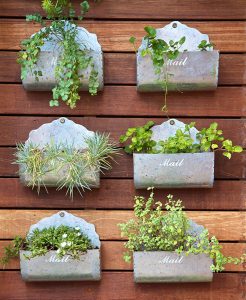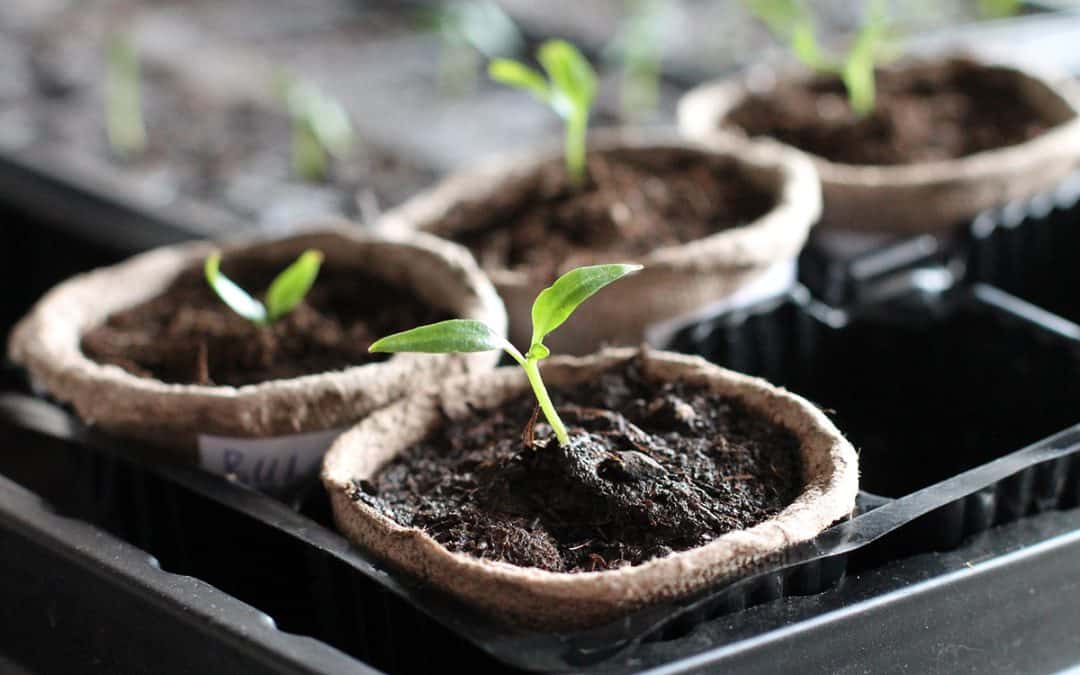Spring is in full swing and we’ve been busy planning our vegetable gardens in order to grow our own food. With inflation as high as it is, now is a great time to plant a garden and grow your own vegetables — saving you weekly at the grocery store this summer. Whether you have acres of land available to you, or a small balcony in the city, growing your own food is achievable for everyone. In this blog, we share tips for gardening in small spaces and readying your space for the summer gardening season.
Tips for Gardening in Small Spaces
When planning your small-space garden, there are a few important details to remember. It may be tempting to plant many different varieties of plants, but if you plant them too close together, they end up competing for nutrients and light. Fewer plants, spaced out properly, typically yields more vegetables than when you squeeze too many plants in a small space. Avoid crops that take up a lot of space, such as pumpkins and winter squash.
Find Plants That Do Well in Containers
If you have a small space, but still want to enjoy the bounty of a small garden, small containers like window boxes and pots on your balcony, seek out plants that grow well in these conditions. Keep an eye out for terms like “compact”, “short stature” and “tidy plant habit” on plant description cards or seed packets. Compact pepper plants, tomatoes and herbs grow well in containers, for example.
Enjoy Fresh Veggies All Summer with Succession Planting
Succession planting can be done no matter the size of your space, which makes it ideal for small space gardening. In order to have fresh produce all summer long, succession planting encourages you to space out your planting by a few weeks, rather than planting everything all at once. We recommend succession planting for short-season vegetables like lettuce, peas, and radishes. For example, if you wanted to start planting this weekend, you could plant lettuce seeds now, more in a couple of weeks and a few more weeks after that. This results in a steady stream of lettuce throughout the season.
Vertical Gardening for Small Spaces

Use Planters of Different Heights
In a similar vein to vertical gardening, arranging your raised beds, planters, and other containers to be tiered by height can allow your plants to get adequate sunlight. Tiering your containers allows you to maximize the floor space on your patio or balcony, for example. Arrange containers of varying heights to allow each container to get the sunlight needed to grow successfully.
Interplanting – Using the Space Between
The practice of interplanting, or intercropping, involves planting small crops between bigger ones. Typically, the small, fast-growing plants will be ready before the large plants that need extra space. Plants should be placed close enough that their leaves touch when mature, shading the ground between them. This helps prevent weeds and conserve moisture. You’ll harvest the early-maturing plants first, which leaves room for the others to grow. An example would be planting lettuce around vegetables like broccoli and tomatoes, which typically have a longer growing season.
Readying Your Garden for Spring
No matter the amount of space you have, it’s important to both plot out your garden and ready the space for planting. Your space needs to have enough lighting, sufficient drainage, and good soil in order to grow your own food in a successful vegetable garden. Every garden is different, which means so is the layout. We recently discovered The Old Farmer’s Almanac Garden Planner, which helps you plot out and design your garden, no matter the size!
The larger the garden, the more physical it will be on your body as you prepare for the summer growing season. If you’re a seasoned gardener, you may already have a spring cleaning routine in place, but hopefully our tips help you improve your garden. Your spring garden cleanup should include:
- Clean up and maintain garden paths
- Remove dead annuals
- Remove dead branches from perennials
- Remove debris from last season
- Pull everything you consider a weed
- Place stakes marking where you plan on planting
- Amend your soil with compost a few weeks before planting
Adding compost to your garden a few weeks before planting allows time for the microbes and other beneficial organisms to work with the biology already in place in your garden beds. You will see a great payoff if you allow these beneficial organisms to reproduce.
Tips for Growing Your Own Food From SPS
Growing your own food offers a wealth of benefits and provides you with the freshest, most local produce possible all summer long. The sun is shining and it’s time to remove your shovels, hoses, and sheers from your storage unit for the summer and get started growing your own food in your small space. Just because your space is small, doesn’t mean you can’t enjoy delicious, fresh produce and herbs grown from the comfort of your own home.
Are you looking for self storage? Find the Security Public Storage location nearest you today!
